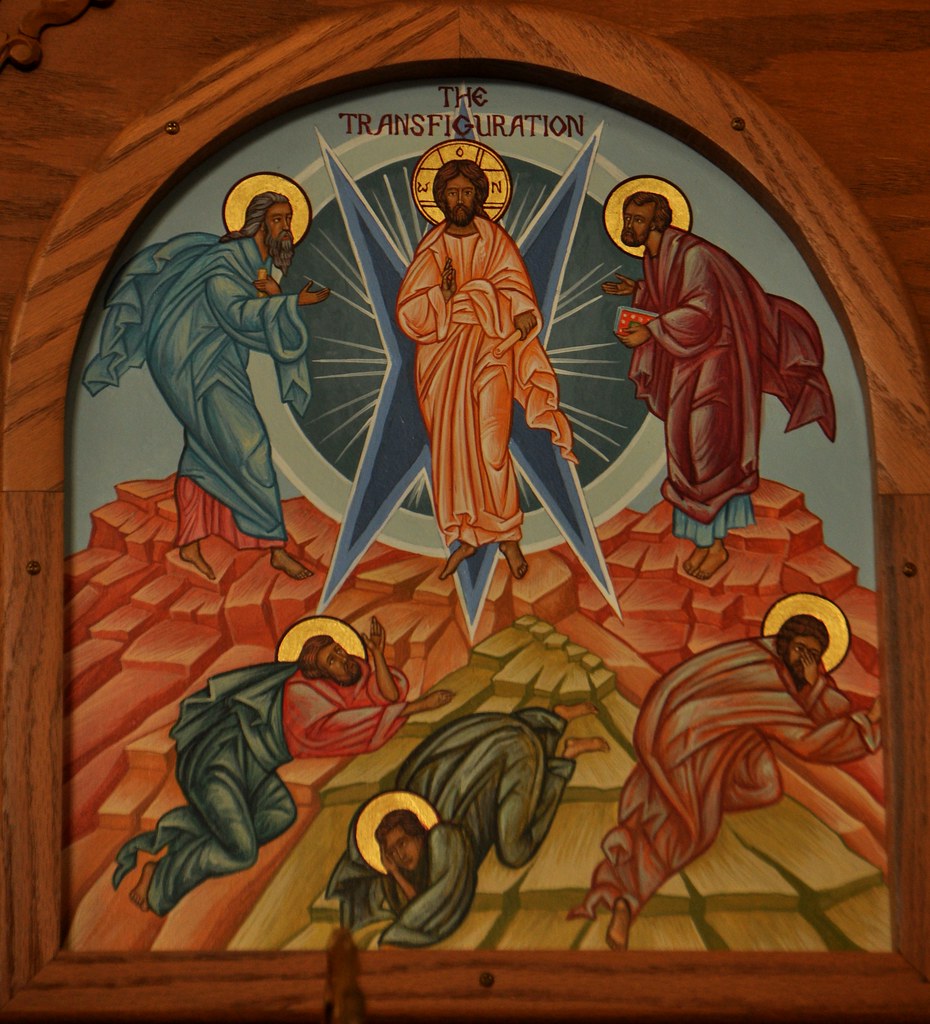Most Catholics don't think much about heresy, but that doesn't mean we don't flirt with it daily. Canonically, heresy involves an "obstinate denial or obstinate doubt... of some truth which is to be believed by divine and Catholic faith" (can. 751). Scan the Creed for a reminder of what that grave level of truth involves. If you're not stubbornly denying the existence of God, the divinity of Jesus, the efficacy of the Holy Spirit, or the fidelity of Christ to the church, chances are you're not a heretic. Disagreements with your pastor don't weigh in at this level.
Look again at that word obstinate. The occasional doubt about God's personal care for you isn't enough to qualify. And it's not enough to have a general sense of alienation about the church or fulfilling distinct obligations. You have to deliberately and continually reject a dogmatic teaching. Most would-be heretics are far too vague about what the church actually teaches to make that kind of wholesale rejection. When we simply have unresolved issues regarding current church understanding or practice, that's known as heterodoxy (departure from belief) as opposed to orthodoxy (right or straight belief). There could well be some heterodoxy in most pews in our assembly. While heterodoxy is nothing to be complacent about, it does suggest we're still in the dialogue.
Apostasy, by contrast, is the total willful repudiation of Christian faith: no God, no resurrection, no forgiveness of sins. And schism occurs when we refuse to submit to the Pope and deny being in communion with the one, holy, catholic and apostolic church. (Your Protestant brother-in-law, therefore, is not a heretic but,doctrinally speaking, is a schismatic.) These are very sober positions to take, and can't be wandered into aimlessly as drivers sometimes drift into the opposing lane of a highway. You won't miss Mass for a few weeks and wake up an accidental apostate; or marry a Protestant and instantly contract a schismatic pallor. These positions require sincere dedication to achieve.
The phenomenon of heresy didn't evolve until the fourth century. Before then, Christians believed much about Jesus and the church that varied with culture, language, and local leadership. Since there is no ex post facto heresy—you can't be held to a dogma invented after your generation!—early believers are not accountable for their theological variances. Since the official formulation of the Creed, we are.
Scripture: 1 Corinthians 11:23-26; 15:1-58; Hebrews 2:1-4; 2 Peter; John 1:1-10
Books:
History and Heresy: How Historical Forces Can Create Doctrinal Conflicts - Joseph F. Kelly (Collegeville, MN: Liturgical Press, 2012)
Dissent from the Creed: Heresies Past and Present - Richard M. Hogan (Huntington, IN: Our Sunday Visitor, 2001)
Reprinted with permission from PrepareTheWord.com. ©TrueQuest Communications.

















 To be exact, three days on the liturgical calendar honor buildings—and another celebrates a chair. Since most Catholics think of feast days as memorials of saints and martyrs, the notion of venerating places and furniture can sound more than a little odd.
To be exact, three days on the liturgical calendar honor buildings—and another celebrates a chair. Since most Catholics think of feast days as memorials of saints and martyrs, the notion of venerating places and furniture can sound more than a little odd.

